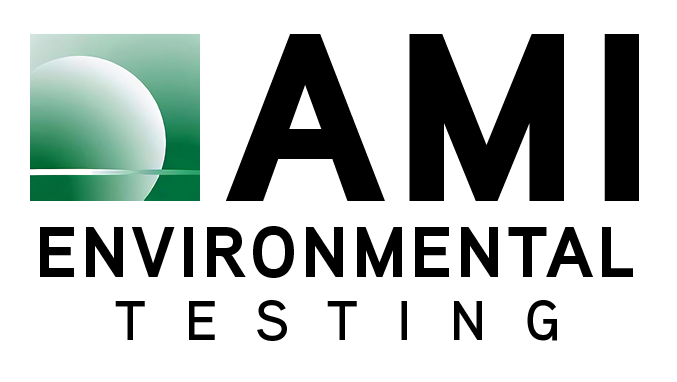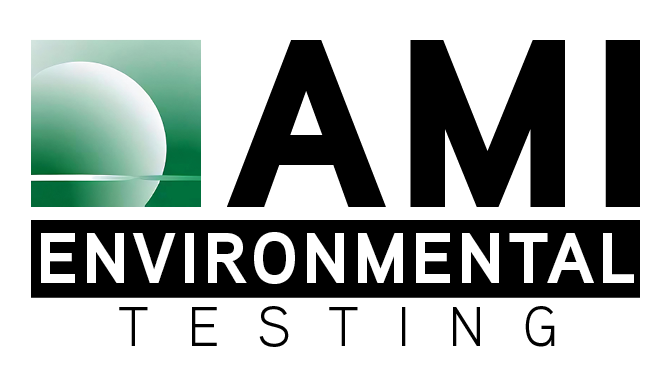The Occupational Safety and Health Administration (OSHA) has established substance specific standards for 32 substances (mostly carcinogens) that they have identified as unique and in need of specific guidance.
Some of the more familiar substances on the list are:
- asbestos
- lead
- blood-borne pathogens
- ionizing radiation
- benzene
- hexavalent chromium
- cadmium
- ethylene oxide
- methylene chloride
- vinyl chloride
- formaldehyde
Employees potentially exposed to a substance with a specific standard must be monitored and protected in accordance with that specific standard. A substance-specific standard may require integrated air monitoring for 8-hour time weighted average (TWA) exposure, short term exposure limit (STEL) monitoring, real-time air monitoring, or various forms of biological monitoring.
Once sampling is completed and the levels of hazardous substances and employee exposure have been determined, a specific control plan for your work place should then be developed.
The control plan should include and specify the following:
- types of respiratory and personal protection needed
- facility requirements for eating and personal hygiene
- signage
- decontamination
- medical observation
- records retention
frequency and level of safety training



